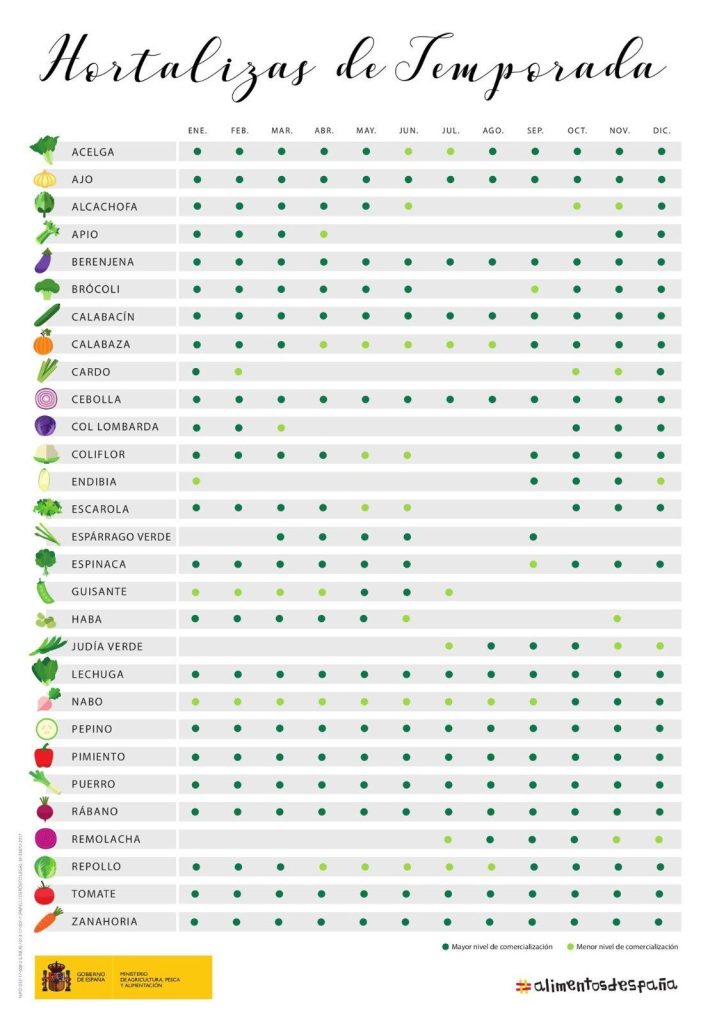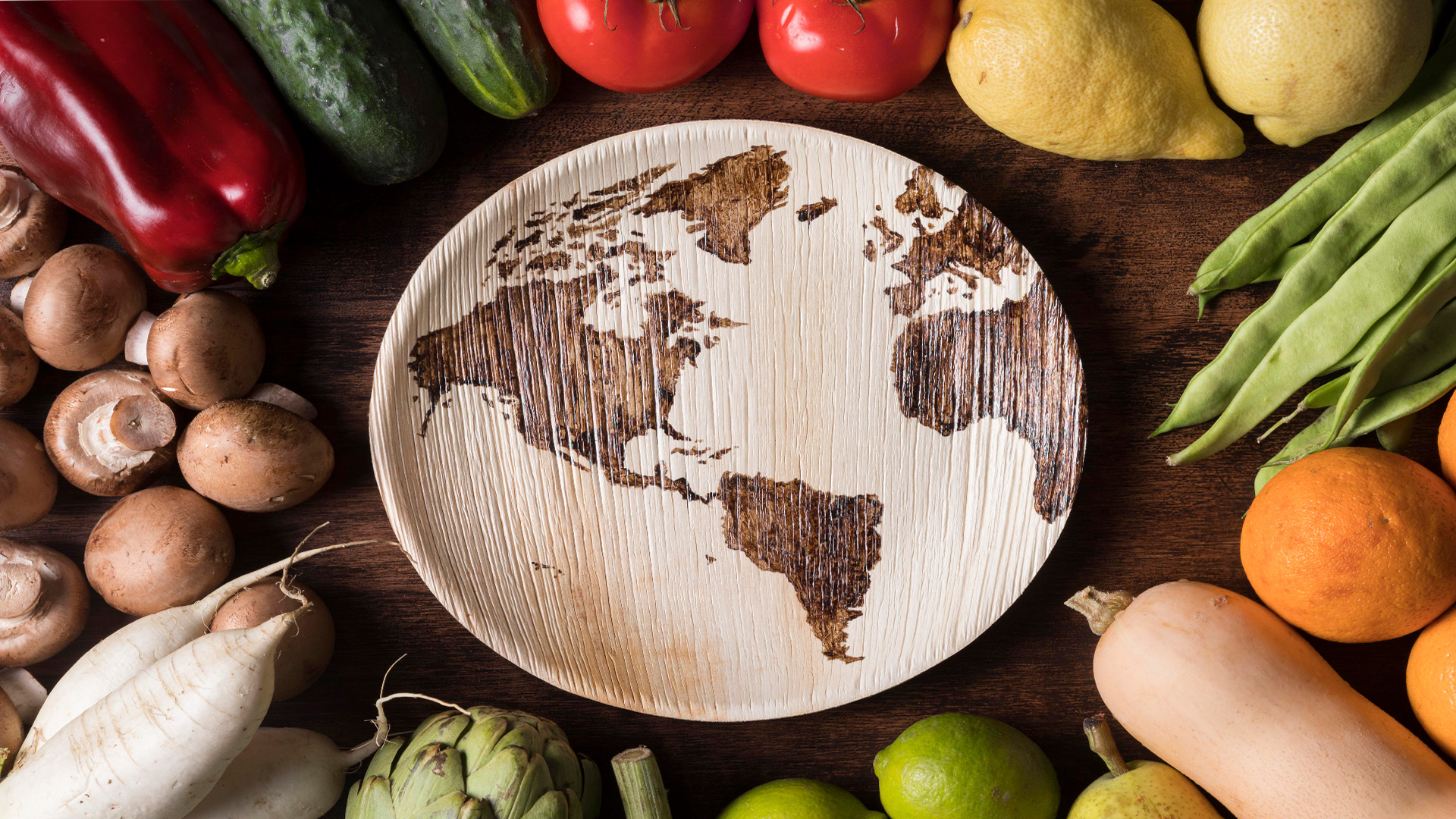The NGO WWF warns that the food system is responsible for 75% of global deforestation. Through consumption, favoring sustainable food and without sacrificing any product, we can influence the development of a more environmentally friendly economic activity.
Between 12% and 14% of the world’s ice-free land is devoted to cropland, according to the UN’s Intergovernmental Panel on Climate Change (IPCC). This leads to deforestation, loss of species, soil contamination by pesticides… In addition, the disappearance of forests leads to increased desertification and air pollution.
All of this results in an increase in the global temperature. And the greater the climate change, the more extreme weather events with devastating consequences, which very often cause famine and poverty. Therefore, changing our consumption patterns may even favor the development of an economy that takes care of the planet as well as people.
In a study conducted in 147 countries, WWF claims that a more sustainable diet could prevent at least 20% of premature deaths, reduce greenhouse gas emissions linked to the food sector by 30%, and reduce wildlife loss by 46%.
Sustainable diet
Based on this report, WWF has developed the Planet-Based Diets platform. It explains that a more sustainable diet is a diet that adjusts to the reality of each place. For example, a country with high malnutrition rates will need to increase meat consumption among its population. However, the OECD and the FAO (the UN food agency) warn in their report Agricultural Outlook 2020-2029 that meat intake levels in rich countries are “approaching saturation”. This does not mean that we should eliminate meat from our diet, but we should reduce it and try to ensure that the meat we eat comes from respectful livestock farming.
How can we know the environmental impact of our meat consumption? It is not easy. It requires time to inform ourselves and trust. A lot of trust that the regulatory authorities are doing their job properly when it comes to controlling who is awarded the quality labels. To guide us through the labyrinth of food labels so that they don’t look like hieroglyphics, the Consumers and Users Organization offers this guide.

Fortunately, more and more institutions and NGOs are analyzing this problem. We can consult the impact of many foods thanks to the work done by the Carbon Footprint Observatory, which also offers a carbon footprint calculator to analyze our consumption in general. The calculator developed by WWF does focus exclusively on assessing the sustainability of our food. (You can consult in this article on how to reduce your carbon footprint).
Seasonal foods
In order to replace meat in our diet, the best thing to do is to increase the consumption of fruits, vegetables and legumes. And to do so with seasonal foods. Firstly, by promoting local trade which, in addition to the economic benefit it brings, is less polluting as it requires less transport. Secondly, it is more likely that a seasonal fruit does not come from greenhouses and is less transgenic.

So, going back to WWF’s proposal to adjust the diet to the place of residence, this increase in fruit and vegetable consumption will be more sustainable if instead of buying, for example, a pineapple from Costa Rica, we buy national oranges. To promote local trade, there are collective consumption groups. They are made up of people who buy directly from the farmer or producer. By removing intermediaries, more affordable prices are obtained and part of the packaging and transport pollution is eliminated. To use these groups, good planning is necessary, which can also help us to reduce food waste.
If this option does not convince us, that’s okay. There are also options to make our food more sustainable by going to the supermarket or neighborhood grocery stores. In this case, we must pay attention to the aforementioned labels. In addition to proximity, it is important that the food is as unprocessed as possible.
Processed foods
The production process of a food normally involves: an environmental impact due to the processing itself; another one due to the packaging and its preservation, and another one due to the transport chain. In addition to the loss of nutritional values. That is why it is better to prefer fresh food.
Again, this does not imply demonizing processed products and expelling them from our lives. Yogurt, cheese or natural orange juice are processed foods, and should not, therefore, be banished from our refrigerators. But this is where the act of trust comes in: we have to trust that when the label says “organic” or similar expressions, we are not paying more for the same thing. A fairly simple rule of three is to favor products with fewer ingredients. That is, that orange juice – natural, squeezed, without preservatives organic and locally grown – loses points if it adds, for instance, guava (bye-bye to proximity).
In any case, it will always be better if we squeeze it out ourselves. Although stress and junk jobs don’t always allow us to do so. Just as they often make us buy convenience food. In these cases, it is better to choose home-delivered meals and, when possible, to opt for sustainable deliveries.
There are multiple ways to make our shopping cart more sustainable; trying to tackle them all overnight can be overwhelming. However, any small change in this regard can have a big impact on the planet if many of us make it. It’s about learning to eat without devouring the planet.





